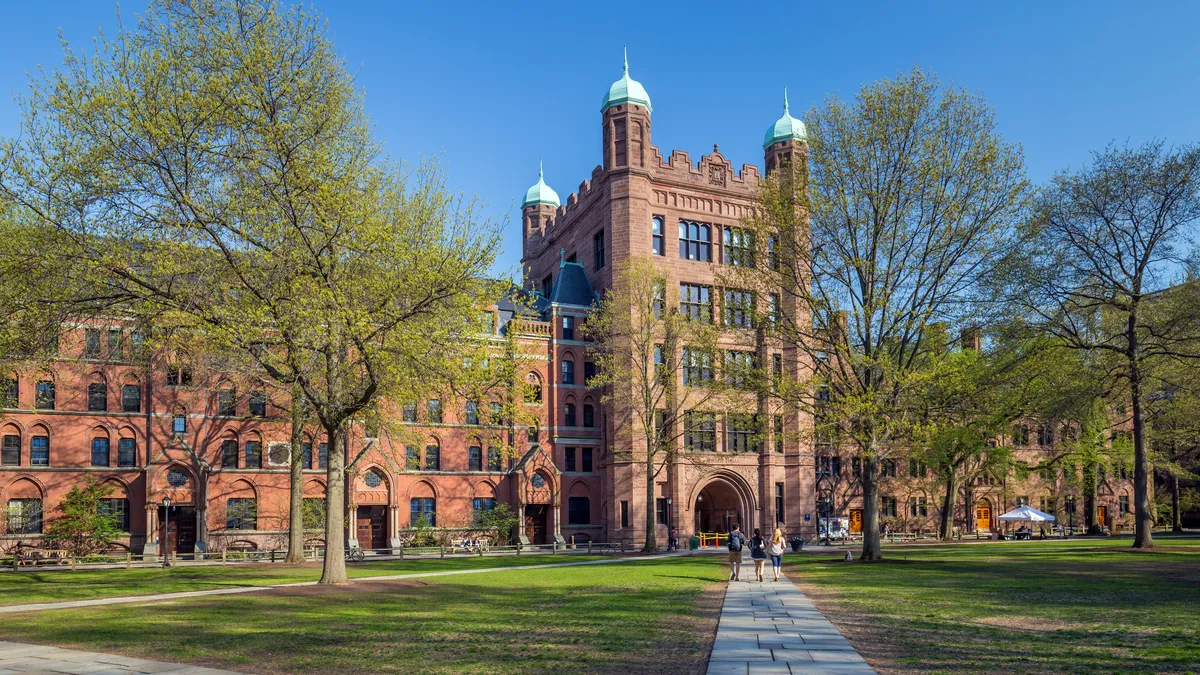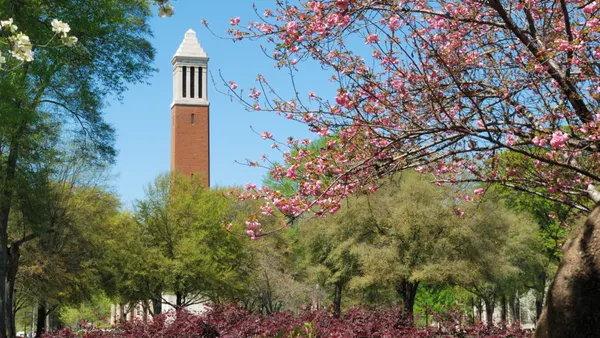Dive Brief:
- The University of Texas at Austin has created a split campus computer network with fast and slow lanes, with plans to push students and faculty into the second-class network if they exceed their weekly allotment of bandwidth use.
- The plan is on hold, Inside Higher Ed reports, with the university reporting that it will work with the campus community to address the bandwidth usage issue.
- Other universities are also trying to keep a lid on bandwidth usage. The University of Portland, for example,last year created seven tiers for Internet traffic, giving preference to educational and university-sourced content and relegating pornography to the lowest tier.
Dive Insight:
Opponents to the University of Texas plan say that it will discourage students from more creative academic projects that will require bandwidth use because they’ll have to pay more. Others point out that paying the university more for greater access is still much cheaper than what cable companies and other providers charge. Under the Texas policy, off-campus students are stuck with the slow lane unless they buy a data plan. On-campus students receive a 10-gigabyte-a-week allotment with their room and board fee, and they can buy larger allotments.












